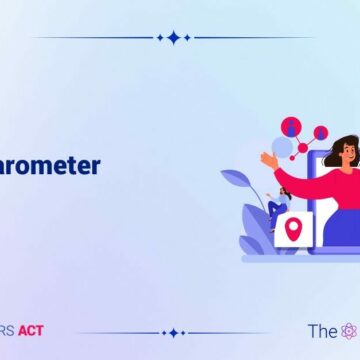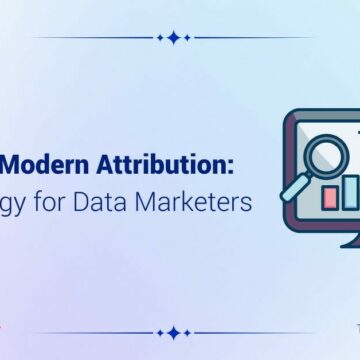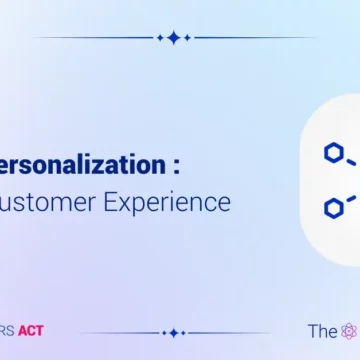Where does the CDP fit into the marketing stack?
22/10/2019 |

Barely have we finished underlining the complexity of this Martech stack, and we are already talking about adding another solution to the pile in the form of the CDP. Ironic? It is if you consider the CDP as just another solution. But much less so if we consider how a CDP amplifies the value of existing solutions and, especially, how it helps the modern marketer succeed in their quests.
CDP: 4 functions with one purpose
Is the CDP a monolithic solution? A platform made up of several different services? An architecture that brings together pre-existing solutions? Unsprisingly, depending on their core expertise and history, everyone will have a different answer to this question. Regardless, a true CDP, worthy of its name, must offer 4 major functions…and serve one primary purpose.
Function #1 – Collect data from omnichannel sources
The CDP’s first move is to collect data from all channels, whether they be physical (stores, call centres) or digital. The data originating from these omnichannel is sometimes anonymous (e.g. the infamous cookies), sometimes nominative (when they are linked to an email account or loyalty number).
This data, gathered in real time, is then linked to a wide range of attributes (promotional campaign, content consumed, purchase history, etc.) and stored. The aim is to amass precious first-party data to help develop customer intelligence.
Function #2 – Match data to the same individual
This is the big challenge that the CDP tries to tackle: matching collected data for a people-based approach. In today’s world, marketing still primarily targets devices. If we want to be more relevant, the conversation must be built around the person, the individual customer.
As can be expected, such cross-channel and cross-device matching is an arduous task. Third-party data can prove useful in helping link information originating from different channels and devices to one single person. As can maintaining close integration with other existing technology, such as the CRM, to extract old and nominative information that the CDP can employ to accomplish its mission.
Function #3 – Segment and activate
Mass marketing is a thing of the past. Results come from relevance. And relevance comes from personal relationships – one of the modern marketer’s fundamental quests. The ability to stay one step ahead of an audience’s needs requires the ability to precisely segment profiles.
The goal is to increase, in an agile manner, the number of possible segments based on several criteria: demography, geography, behaviour, etc. The CDP will then use these audience segments as a foundation to activate the solutions available e.g. DCO (Dynamic Creative Optimization or personalised advertisements), marketing automation sequences or website personalisation.
These activations are not limited to the digital sphere: the CDP can also pull levers in the form of physical touchpoints such as stores and call centres. Growth is built by leveraging the potential of each segment and shelving segments that aren’t significant enough to impact business.
Function #4 – Analyse and optimise
The CDP is not ‘just’ a database of customers and leads: it activates available solutions and, more importantly, feeds a virtuous cycle. Activations are applied to segments and the subsequent results are analysed and serve as feedback to refine said segments and activations. Perfect for feeding optimisation cycles by, for example, getting the best out of AB testing solutions.
More generally, the CDP helps break down metric silos and minimise interpretation bias for campaign results. In the current situation, the fact that attribution models are still rather basic means the way we analyse the performance of a touchpoint or campaign is (too) isolated. While the CDP doesn’t offer the miracle solution to attribution, its central coordinator role allows for distinct performance metrics from one scenario to another. Data-driven decision making in practice.
Functions with a purpose
However, while the 4 major functions we just discussed outline a CDP’s scope of action, they don’t entirely define it. There is a single purpose that underpins each of these functions and which directly mirrors the quests of a modern marketer: to globally orchestrate personalisation of the customer experience through shared intelligence. The CDP’s design must help break down silos within the company by providing all the involved experts with:
- An overview of the audience intelligence (extent of matched data, journey archetypes, etc.)
- A visual representation of segments and their primary criteria
- Effective data visualisations to determine the efficiency of various segment-activation combinations
In other words, the CDP is designed chiefly to be used directly by the marketing team. And, also, to enable everyone to fully leverage the solutions and mechanisms under their jurisdiction.










